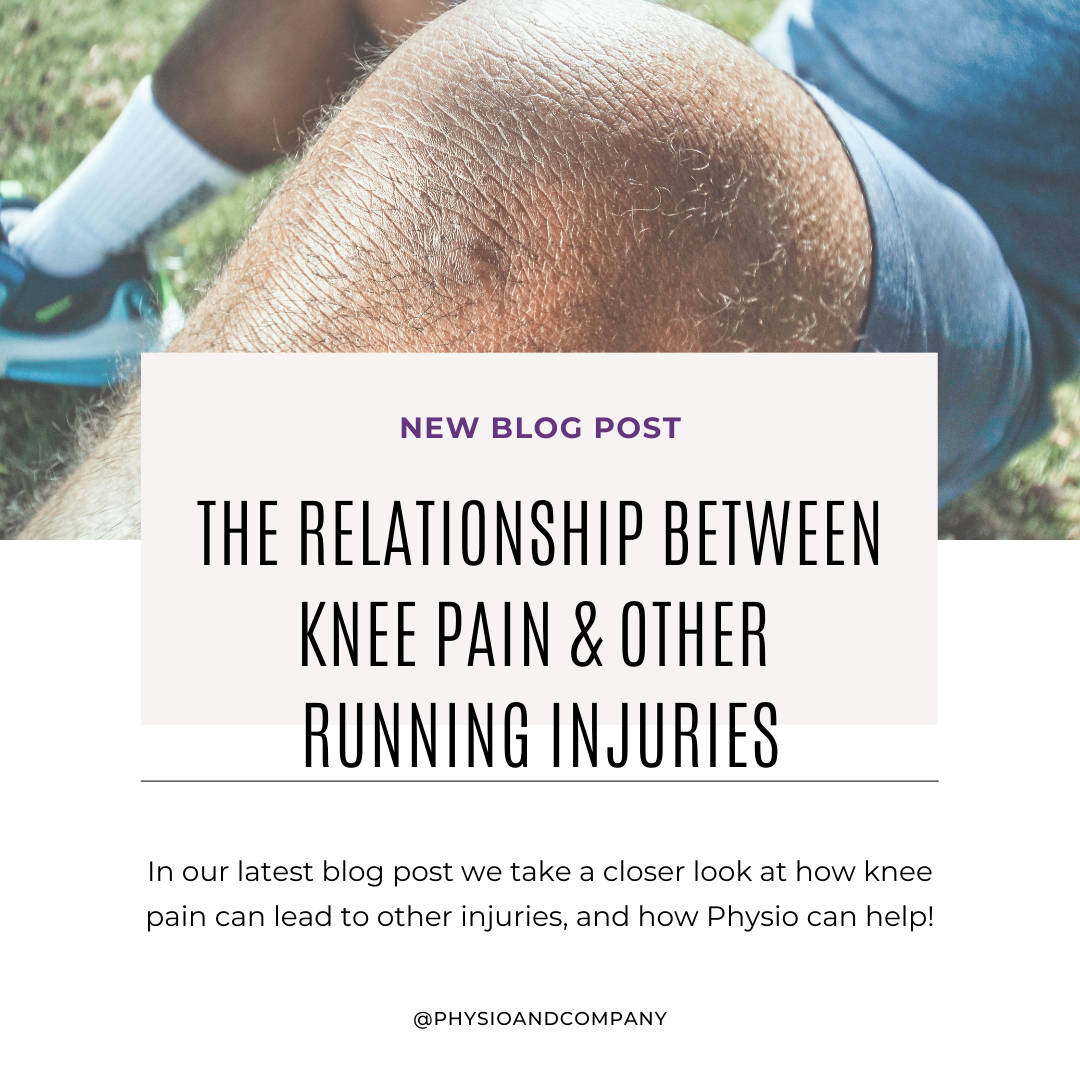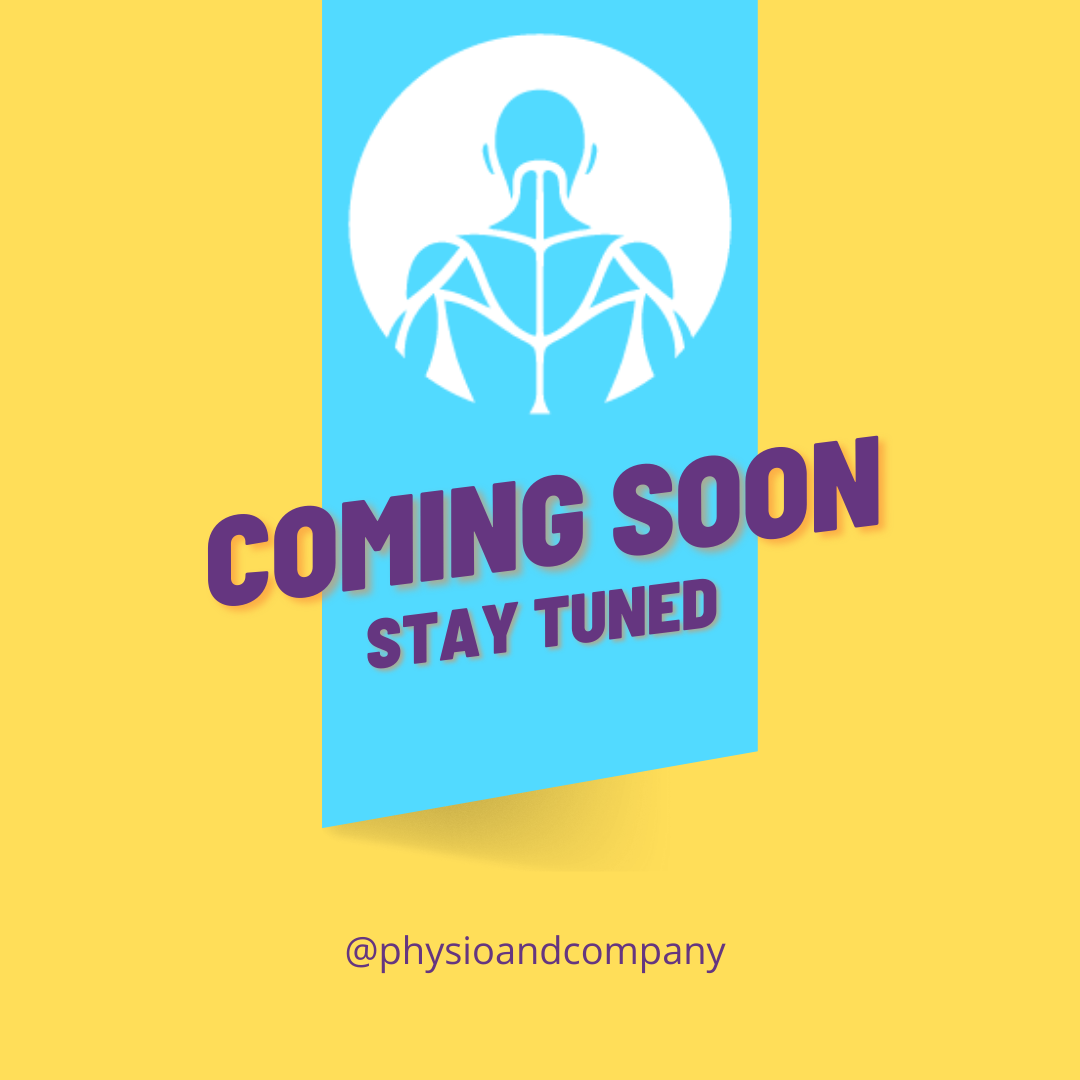Have Arthritis Pain!? Physiotherapy Can Help!
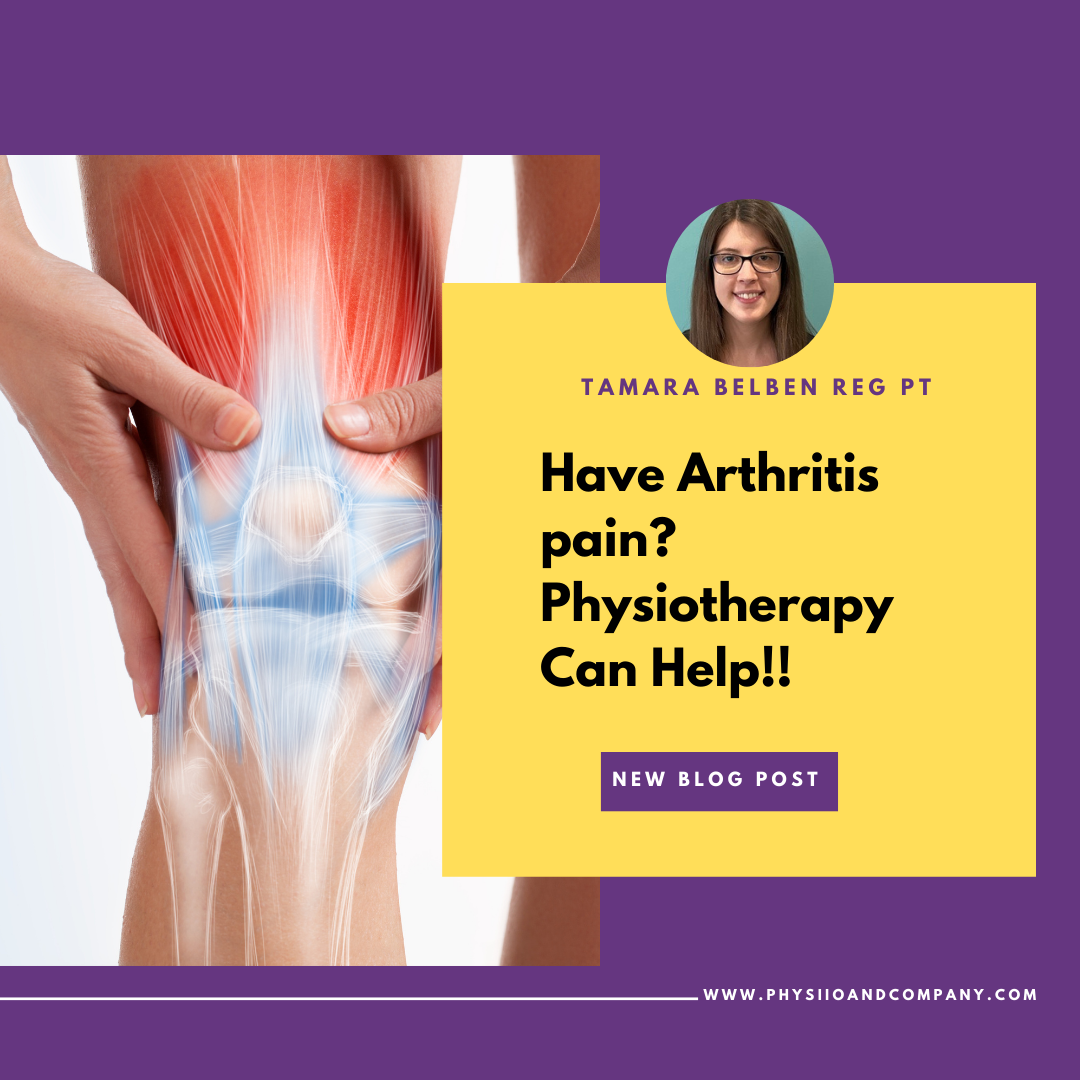
We see A LOT of patients in the clinic with an Arthritis diagnosis, Osteoarthritis being the most common. In general terms arthritis involves changes to the cartilage that protects our joints. Often this will be diagnosed on an X-ray. I see patients at the clinic completely defeated that their Doctor has told them they have arthritis and feel hopeless in what they can do. We get it, getting back test results can be scary! However an arthritis diagnosis does not have to be a sentence to a life of pain!!
In fact any time we get an x-ray after the age of 30 it is completely normal to see some changes in our joints that will be classified as “Arthritis” this is just as normal as developing grey hair and wrinkles. Just because an x-ray shows some arthritis symptoms does NOT mean you need to live in pain or avoid all the activities that you love.
Let’s dive into a brief understanding of what Osteoarthritis is and how Physiotherapy can help!
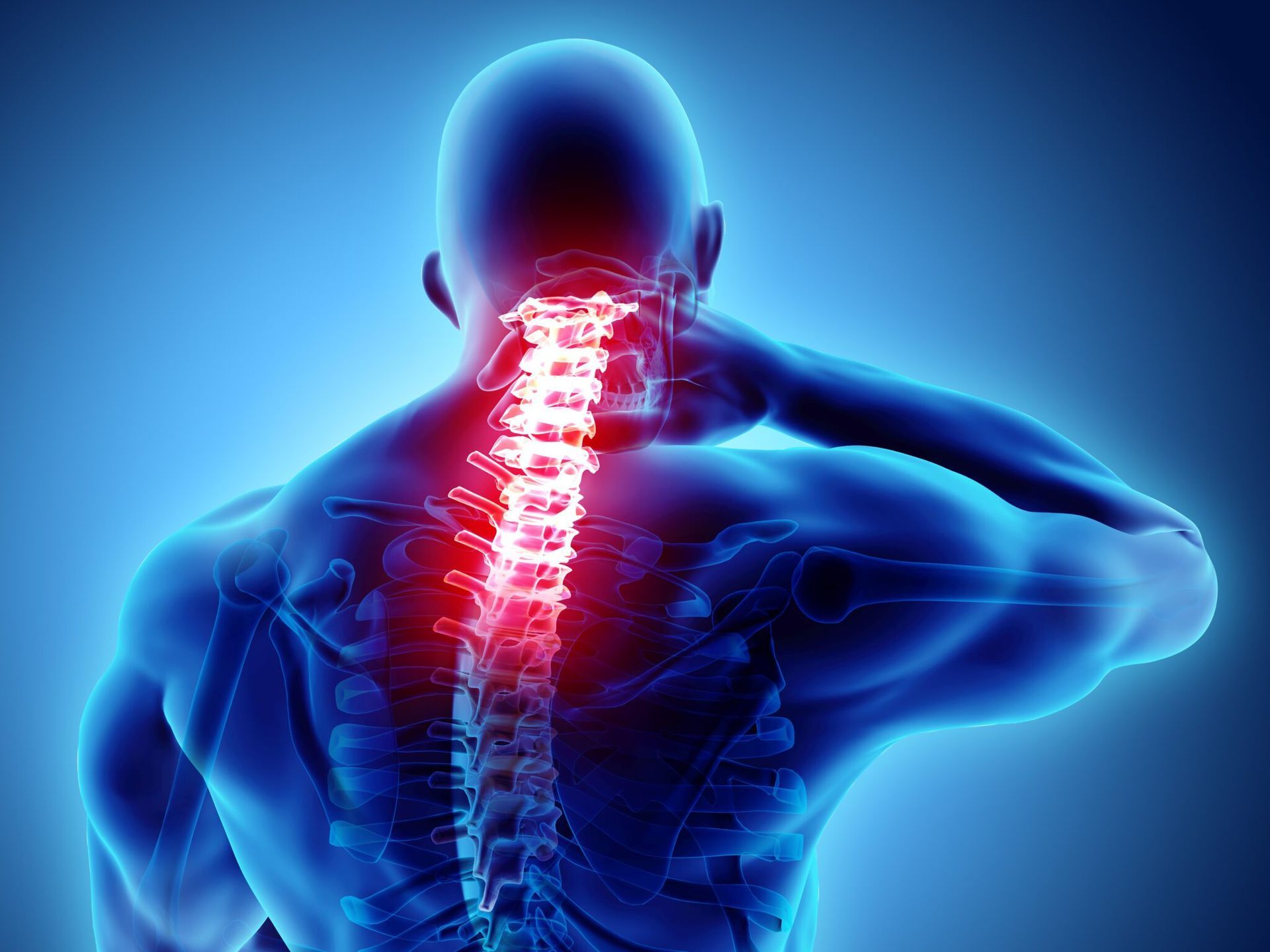
Osteoarthritis: This is the most prevalent type of arthritis and occurs when the protective cartilage that cushions the ends of bones in the joints gradually wears down over time. As the cartilage deteriorates, bones may begin to rub against each other, leading to pain, swelling, and stiffness in the affected joint. Osteoarthritis often develops with age or can be caused by joint injuries.
Symptoms
- Joint pain
- Swelling
- Reduced range of motion
- Stiffness.
Causes
The causes of arthritis can vary depending on the specific type of arthritis. We will focus on
osteoarthritis(OA) as this is the most prevalent form of arthritis we see in clinic. The exact cause of OA is not fully understood, but several factors contribute to its development:
- Aging: As people age, the cartilage in their joints naturally degenerates and becomes less resilient.
- Joint injuries: Previous joint injuries or trauma can increase the risk of developing osteoarthritis in those specific joints
- Overuse of joints: Repetitive movements or excessive use of certain joints can lead to wear and tear, contributing to OA.
- Genetics: Some people may have genetic factors that make them more susceptible to developing osteoarthritis.
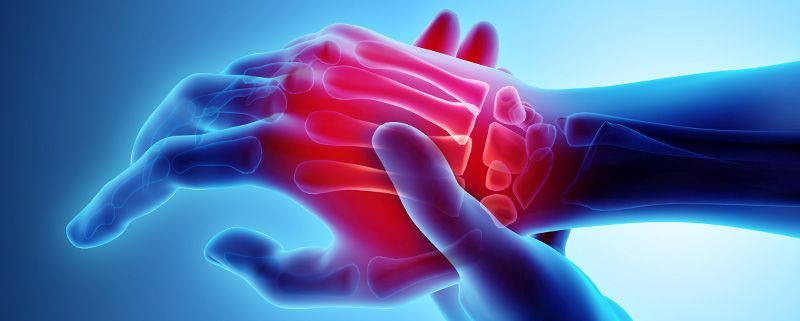
Prevention
Cartilage plays a critical role in maintaining joint health and facilitating movement. It is a tough and flexible connective tissue that covers the ends of bones in joints, providing a smooth surface for them to glide over each other.
Did you know MOVEMENT and EXERCISE is good for your Cartilage!!!
- Unlike most other tissues in the body, cartilage does not have a direct blood supply. Instead, it receives nutrients and oxygen through a process called diffusion. Movement is essential for this nutrient exchange to occur. When you move your joints, it helps circulate synovial fluid, which contains nutrients and oxygen, into the cartilage, promoting its health and function.
- Movement helps stimulate the production and distribution of synovial fluid within the joint. This fluid acts as a lubricant, further reducing friction between the cartilage surfaces and enhancing joint movement.
- Regular movement helps prevent the cartilage from becoming stiff and rigid. When you remain sedentary for extended periods, the cartilage may receive fewer nutrients, leading to a loss of flexibility and increased joint stiffness.
- Engaging in regular, low-impact exercise can contribute to overall joint health by promoting the development and maintenance of healthy cartilage. Certain exercises, such as those that focus on joint mobility and flexibility, can be particularly beneficial.
It's important to note that cartilage does not have the same regenerative capacity as other tissues, and once damaged, it can be challenging to heal fully. Therefore, it's crucial to take care of your joints and cartilage throughout life through a combination of regular exercise, maintaining a healthy weight, and avoiding excessive impact on the joints. If you have concerns about cartilage health or joint issues, consult with a healthcare professional or orthopedic specialist for personalized advice and management.
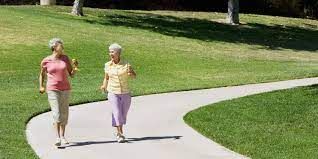
Prevention is KEY!! Here are some preventive strategies:
Maintain a healthy weight: Being overweight or obese puts extra stress on weight-bearing joints, such as the knees and hips. Maintaining a healthy weight through a balanced diet and regular exercise can help reduce the risk of OA.
Engage in regular exercise: Regular physical activity helps to strengthen muscles, improve joint flexibility, and support joint health. Low-impact exercises like swimming, cycling, and walking are generally beneficial for joint health.
Protect your joints: Avoid excessive repetitive movements that put strain on your joints. If you engage in activities that may stress your joints, use protective gear or techniques to reduce the impact, and take breaks.
Physiotherapy can Help!!!
Treatment
Treatment aims to manage symptoms, reduce inflammation, prevent joint damage, and improve joint function.
Physiotherapy can play a significant role in the management and treatment of osteoarthritis (OA). Physiotherapy aims to improve joint function, reduce pain, and enhance the quality of life for individuals with OA. Here are some of the ways physiotherapy can be beneficial for OA:
Pain management: Physiotherapists can use various techniques such as manual therapy, therapeutic exercises, and modalities like heat or ice to alleviate pain and discomfort associated with OA.
Strengthening exercises: Specific exercises can help strengthen the muscles around the affected joint, providing better support and stability. Stronger muscles can help decrease stress on the joint and reduce pain.
Range of motion exercises: Physiotherapists may recommend gentle stretches and range of motion exercises to improve joint flexibility and prevent stiffness.

Joint protection techniques: Physiotherapists can educate patients on how to protect their joints during daily activities, reducing the risk of exacerbating the condition.
Gait and balance training: If OA affects weight-bearing joints like the knees or hips, physiotherapists can work on improving gait patterns and balance to reduce the impact on those joints.
Manual therapy: Hands-on techniques such as joint mobilizations and soft tissue massages can help improve joint function, reduce muscle tension, and enhance overall mobility.
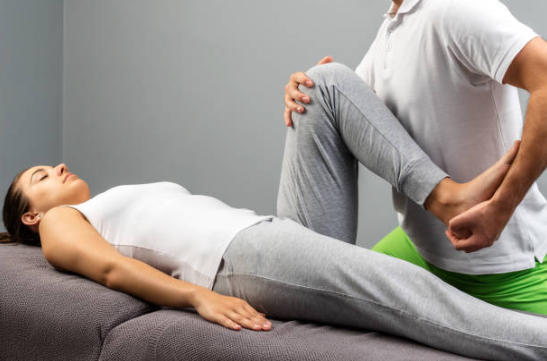
Assistive devices: Physiotherapists may recommend and teach patients how to use assistive devices like braces, canes, or walkers to provide support and reduce joint stress during activities.
Education and lifestyle advice: Physiotherapists can provide valuable education about OA, its management, and lifestyle modifications. This may include guidance on weight management, activity modification, and proper body mechanics.
Individualized treatment plans: Each person's OA presentation is unique, and physiotherapists tailor treatment plans to suit the specific needs and goals of the individual.
Long-term management: Physiotherapy can assist patients in developing exercise routines and strategies to manage OA symptoms in the long term, reducing the need for pain medication or invasive interventions.
Remember, Arthritis is a normal part of aging.
Any time we have an x-ray over the age of 30 we are going to see some changes in our joints. If you are concerned about getting arthritis or unsure how to manage current arthritis symptoms, we can help. Physiotherapists are trained to assess, diagnose, and treat. We can create a individual treatment plan to target your area of concern and get you feeling better and back to the activities that are important to you.
About the Author
Tamara Belben Reg. PT
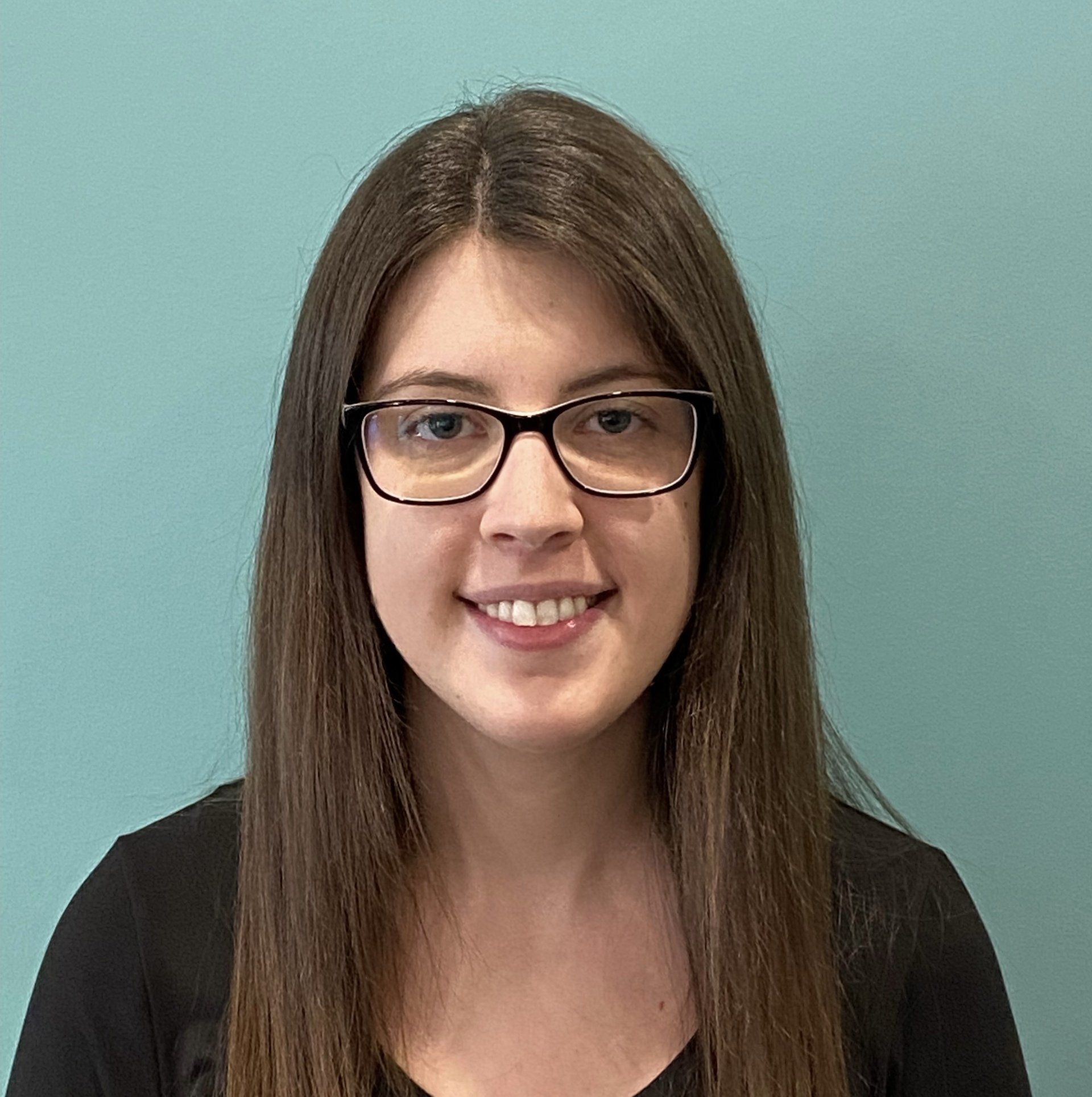
Tamara graduated from Memorial University with a Bachelor of Kinesiology Honours (co-op) degree and then pursued her Masters of Science in Physiotherapy at Dalhousie University.
Originally from the South Coast of Labrador, Tamara enjoys all outdoor activities. On a nice day you can often find her on an East Coast Trail as she is working towards completing all of them.
She has a keen interest in treating orthopedic injuries and has a passion for helping clientele achieve their goals.



